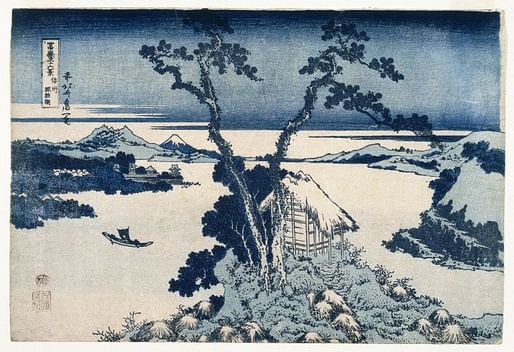

When [Lake Suwa] freezes over, daily temperature changes cause the ice to expand and contract, cracking the surface and forcing it upward into a ridge [...] Every year since at least 1443, the priests who live at the shrine on the edge of Lake Suwa have carefully recorded the date the ridge appears.
In 1693, on the other side of the world, a Finnish merchant named Olof Ahlbom started recording the date and time of the spring ice breakup on the Torne River [...]
— National Geographic
"When scientists want to glimpse the climate of the ancient past, they almost always have to use indirect evidence—changes in tree rings, ice-core layers, or pollen deposits. But the ice records from Japan and Finland, which are the longest of their kind, give us a more direct look at the climate our distant ancestors experienced."
Climate science is a much more interdisciplinary project than one might imagine. Henry David Thoreau's notes from Walden document changes in annual blooming times. Pieter Breugel the Elder's paintings record climatological events, in particular the "Little Ice Age."
For more on the complex business of studying our planetary abode:
No Comments
Block this user
Are you sure you want to block this user and hide all related comments throughout the site?
Archinect
This is your first comment on Archinect. Your comment will be visible once approved.